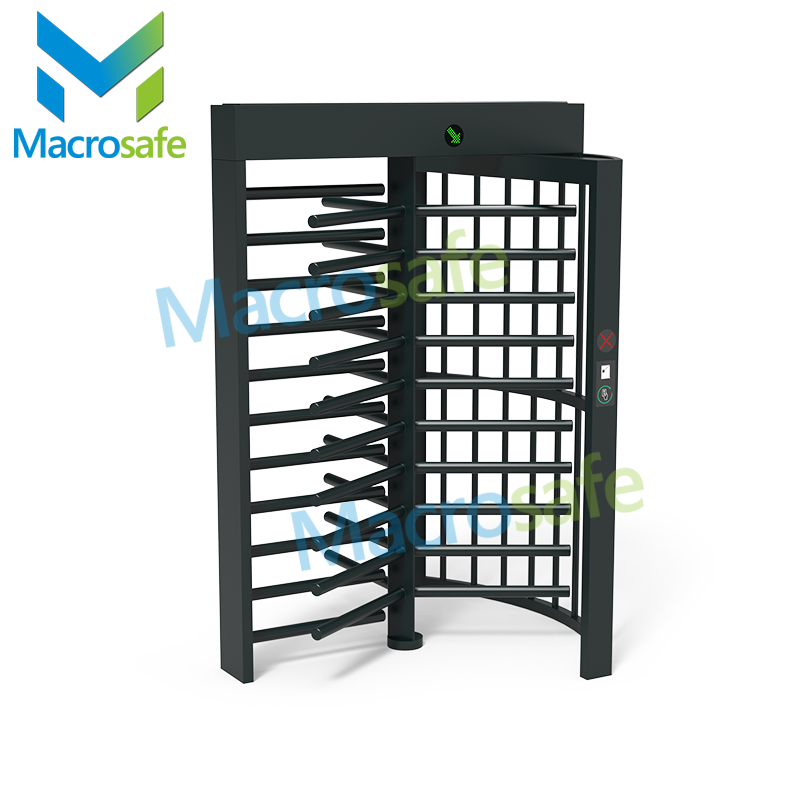
How Do Walk-Through Metal Detectors Work?
As technology continues to evolve, so does the need for effective security measures. Walk-Through Metal Detectors have become a common sight in many public spaces, airports, and government buildings. These devices play a crucial role in enhancing security by detecting metal objects on individuals passing through. In this article, we will explore the inner workings of Walk-Through Metal Detectors, shedding light on their mechanisms and how they operate.
1. Understanding Electromagnetic Fields:
Walk-Through Metal Detectors utilize the principles of electromagnetic fields to identify metal objects. An electromagnetic field is generated by the detector’s transmitter coil. As an individual passes through the detector, any metal object on their person will disrupt the electromagnetic field.
2. Transmitting and Receiving Coils:
The Walk-Through Metal Detector consists of two main sets of coils: the transmitter coil and the receiver coil. The transmitter coil creates the initial electromagnetic field, while the receiver coil detects any disruptions in this field caused by metal objects.
3. Induction Balance Principle:
The Induction Balance Principle is commonly used in Walk-Through Metal Detectors. It detects disruptions in the electromagnetic field caused by the presence of metal objects. When a metal object enters the field, it induces eddy currents in the object, which, in turn, alters the magnetic field surrounding it.
4. Discrimination and Target Identification:
Sophisticated Walk-Through Metal Detectors are equipped with discrimination features that differentiate between various types of metals. This allows security personnel to identify whether a detected metal object is potentially hazardous or harmless, such as coins, jewelry, or belt buckles.
5. Sensitivity Settings:
Walk-Through Metal Detectors can be adjusted to different sensitivity levels, depending on the specific security requirements. Higher sensitivity settings increase the chances of detecting small metal objects, while lower settings minimize false alarms caused by non-threatening items such as buttons or zippers.
6. Alarm Indications:
When a Walk-Through Metal Detector detects a metal object, it triggers an alarm to notify security personnel. The alarm can be visual, auditory, or both, ensuring immediate attention and inspection of the individual who triggered the alarm.
7. Target Location:
With advanced technologies, Walk-Through Metal Detectors are now capable of pinpointing the location of the detected metal object on a person. This feature simplifies the inspection process by guiding security personnel to the exact area where the potential threat is located.
8. Multiple Detection Zones:
Walk-Through Metal Detectors are often designed with multiple detection zones, which provide a more detailed analysis of the detected metal object. These zones enable security personnel to determine the height at which the metal object is concealed on the individual.
9. Interference Mitigation:
To ensure proper functioning, Walk-Through Metal Detectors are equipped with interference mitigation mechanisms. These mechanisms minimize the impact of external factors, such as nearby electrical devices, on the detector’s performance, reducing false alarms and maintaining accuracy.
Conclusion:
Walk-Through Metal Detectors are essential tools in the realm of security, providing an additional layer of protection in various environments. By comprehending the electromagnetic principles, coil mechanisms, discrimination features, and alarm indications, we can appreciate the intricate workings of these devices. With ongoing advancements, Walk-Through Metal Detectors continue to evolve, offering increased effectiveness and efficiency in keeping public spaces secure.


